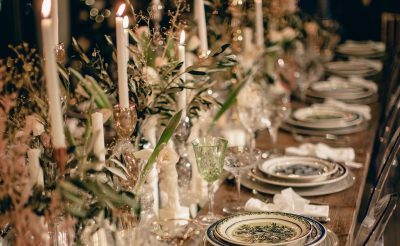Paying tribute to Earth Day 2024, MOJEH shines the spotlight on eco-friendly interiors revolutionising the design world by prioritising sustainability without compromising on aesthetics or style
When it comes to the impact of our travel addictions and shopping habits, we can barely go a day without hearing words like sustainability, eco-friendly and climate change — and for very good reason. While slowly gaining momentum, less has been discussed about the environmental effects of the interior design industry.
Thankfully there’s a new generation of buyers determined to make sure their homes are future-proofed for a climate change-impacted world and, with Earth Day upon us (it falls on April 22nd each year), there’s no better time to start exploring the ways you can make your home more sustainable without compromising on style. “Homeowners are certainly becoming increasingly more conscious of the impact that running and designing their homes has on the environment,” Dubai-based interior designer and architect Victoria Cronin, who boasts a master’s degree in environmental design and a PhD in sustainability, tells MOJEH. “We need to meet the needs of the current generation without compromising the needs of future generations, and this involves prioritising renewable resources and low impact products.”
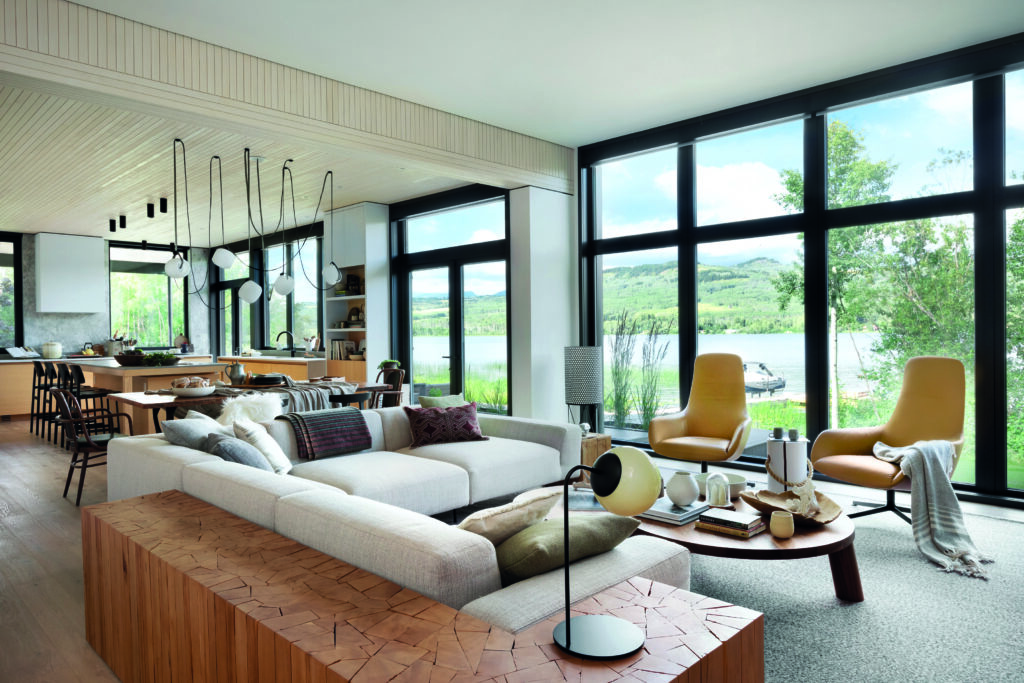
Sustainable furniture by Brent Comber
First and foremost, whenever possible, working with locally-based creatives is a great place to start, and thankfully we have a wealth of brilliant craftspeople on our doorstep here in the UAE. Investing in these brands not only strengthens the economic sustainability of a community but also brings a unique cultural perspective to products while reducing carbon footprint thanks to the fact furniture doesn’t need to be imported. “Investing in locally-based design is not just a thoughtful decision, but it reflects an appreciation for regionally- inspired design and architecture,” explains Lina Kobeissi, the Lebanese-German founder of local design studio LSK Interiors. “Creative talent is abundantly present in the UAE, and introducing their pieces into our homes encourages and activates the circular economy too.”
Another great reason to shop local is a higher focus on artisanal and bespoke items — something that is on the rise as people search for unique pieces that are not shared with the mass market. “The sustainability impact of mass-produced items has never been more stark, and has people craving the irregularity of natural materials and textures, with the imperfections that come with items made by human hands,” Chris Pask, director at London-based interior design studio Charlton Brown tells MOJEH. “There is a comfort and reassurance in celebrating the imperfectly perfect, and the character that it can impart upon a space. Authenticity and individuality are the key after a phase of homogenised and polished interiors.” Feeling inspired? Be sure to check out a new collection from the Dubai-based Studio Van Oliver and homeware brand Bound No.82 which features statement furniture pieces in a signature black matte finish that celebrate the imperfections of the wood used to craft it.
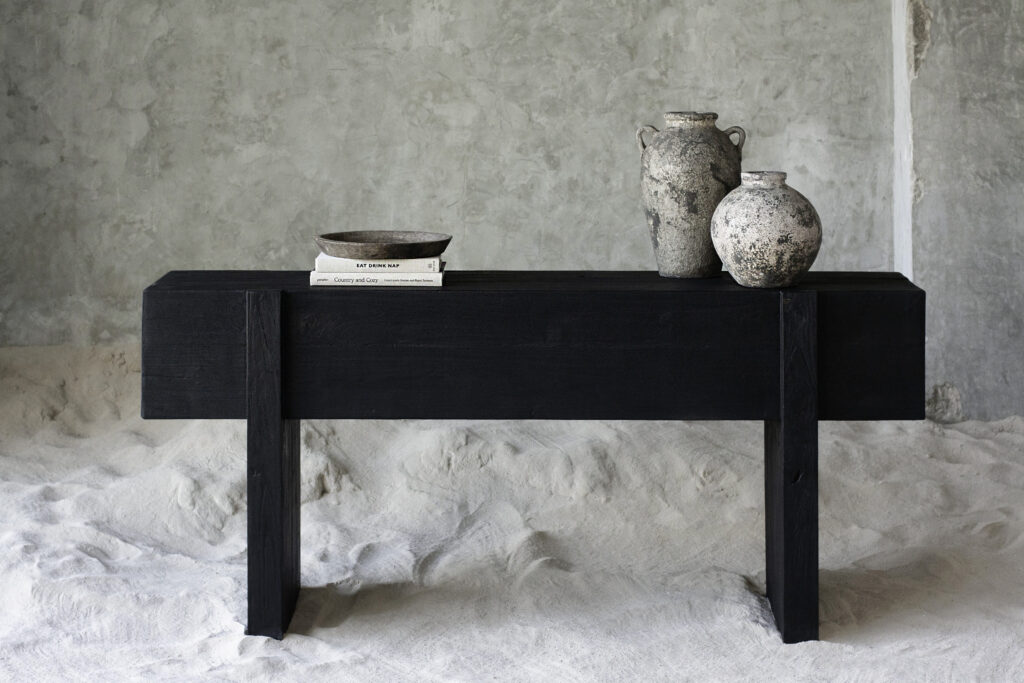
Furniture by Studio Van Oliver x Bound No.82
Indeed, natural materials should take pride of place in any modern-day home, and nowadays there really is no need to overlook environmentally-friendly materials for aesthetic purposes. Reclaimed wood in particular, which reduces deforestation, is perhaps the most in-demand — not only is it helping the planet, but its aged appearance has the ability to turn a space into a beautiful work of art. Used for everything from dining room tables to flooring, reclaimed wood panelling is having a moment, as are one-of-a-kind pieces like consoles, headboards and floating fireplace mantels. If you can join in with the TikTok craze of ‘bragging’ about where the wood now in your home used to live, even better — Dakota Johnson has told us all about the table in her garden that was made from wood taken out of Winston Churchill’s yacht, while Kirsten Dunst is the proud owner of a bathroom door that formerly resided in one of Jackie Onassis’s buildings.
There are plenty of other emerging materials replacing more polluting mainstays such as plastic, concrete and leather in a bid to limit the impacts of climate change too, including hemp, wool, ceramic and cork which, derived from the outer bark of the cork oak, is becoming increasingly popular among designers given the fact it can be stripped from the tree without cutting it down. We’re particularly big fans of chunky, raw cork stools, sculptural tables and durable garden furniture. “Cork, papyrus, reclaimed wood and bamboo are all components we have come across recently in the organic luxury furniture segment which, as to be expected, is rapidly growing in the UAE,” explains Kobeissi. “We are also currently in the process of working with an astounding creative talent in Lebanon to source and manufacture sustainable textiles using organic fibres that are recyclable, biodegradable and can be used in designing one-off custom pieces for clients looking for sustainable luxury options.”
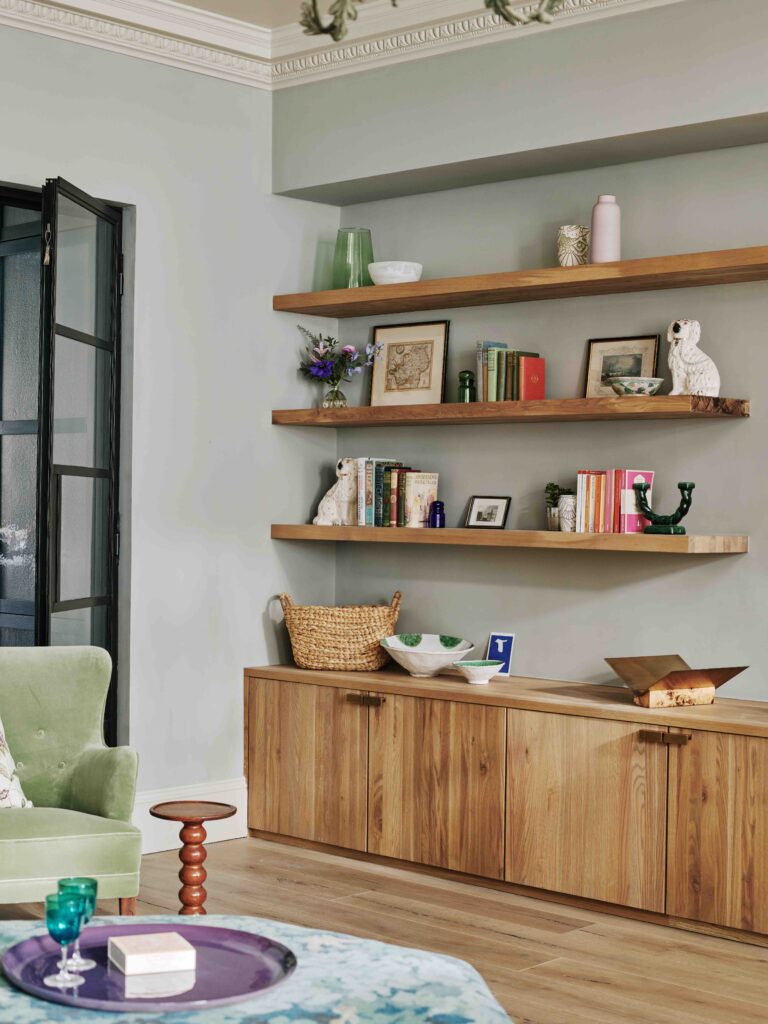
Project by Pandora Taylor
It’s essential to recognise that sustainability isn’t solely determined by carbon footprint, however, with factors such as material utilisation, quality, re-usability, the frequency of acquiring new items and ethical production practices also playing pivotal roles in shaping the overall narrative. It’s hardly surprising then that the demand for vintage furniture has skyrocketed in recent years, as more homeowners embrace the concept of circularity by purchasing pre-loved furniture while actively participating in recycling programs. “Most of our clients love antique pieces which are carefully sourced and curated, and then restored and reupholstered by specialists,” explains Pask. “Most antique furniture was made by traditional craftsmen using the highest and sturdiest in quality, ensuring they are long-lasting and require minimal touch ups. If cared for properly, they should last at least another lifetime or two.”
Cronin — who has reworked, recycled and revamped vintage pieces of fabric to create her own one-of-a-kind lampshades, purchasing them from suppliers that have an established sustainability strategy such as The Design Library in Dubai — agrees, adding that she regularly reuses old furniture and reupholsters old pieces throughout her projects. “Often older furniture is much better constructed than contemporary furniture, so it’s easy to give it a new lease of life and create a bespoke piece that will have more longevity than a mass-produced cheaper item of furniture. La Brocante in Al Quoz is a particularly great source for upcycled and vintage furniture.”
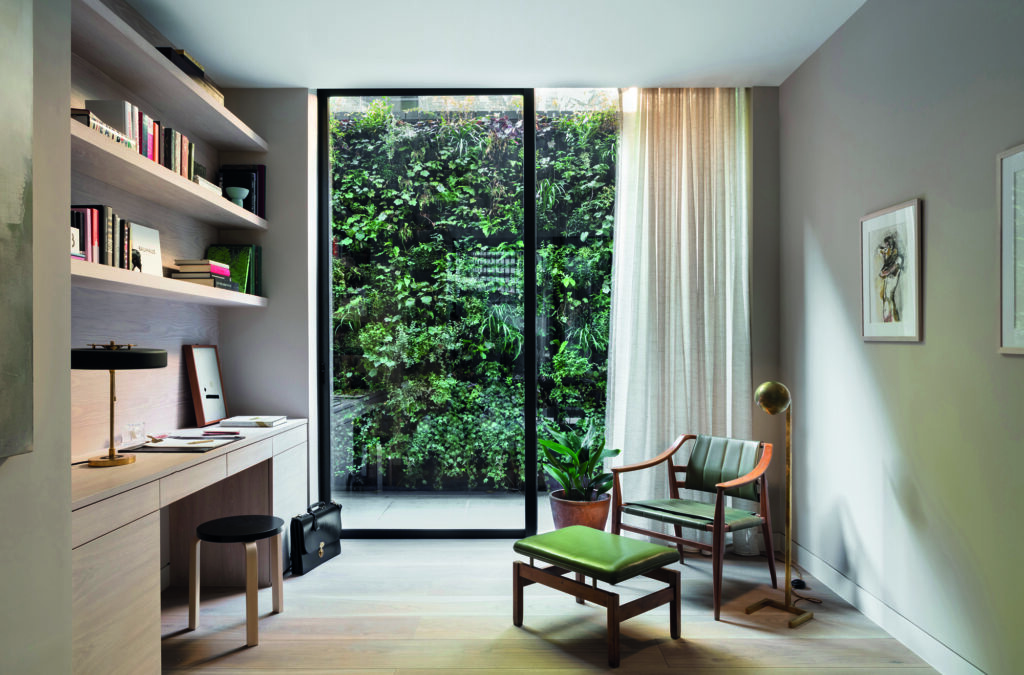
Project by Echlin
Then there’s California-based interior designer Summer Jensen who also backs up the belief that the adage ‘reduce, reuse, recycle’ is the best way to transform a home into a sustainable practice, and gets extra brownie points from clients for sourcing items that have additional value beyond their intended purpose. “Maybe your old cabinet is someone else’s perfect new addition,” she tells MOJEH. “Vintage furniture holds substantial value over time, so consider buying a unique piece that adds to your home’s story. Alternatively, another way to reuse is to look at leftover materials and material efficiency. Maybe using the same stone in the powder room is okay if another slab can be saved from the landfill.”
Often overlooked for more exciting aspects of interior design, you’d be wise to invest in your home’s air quality if you’re looking to create a space to transcend generations too. Not all wall paints were created equal, for example, so be sure to opt for low or zero VOC paint options to reduce air pollution both inside and outside the home. “Mylands is a local paint brand providing low odour, water-based paint which scores the highest possible A+ rating for indoor air quality and they have a fantastic colour palette,” explains Victoria. “The cleaning chemicals you use in your home can also have a serious impact on air quality, health and the environment, so try to use brands such as Rooted Regimen which offers a 100 per cent plant- and mineral-based hypoallergenic refill-based home care solution.”
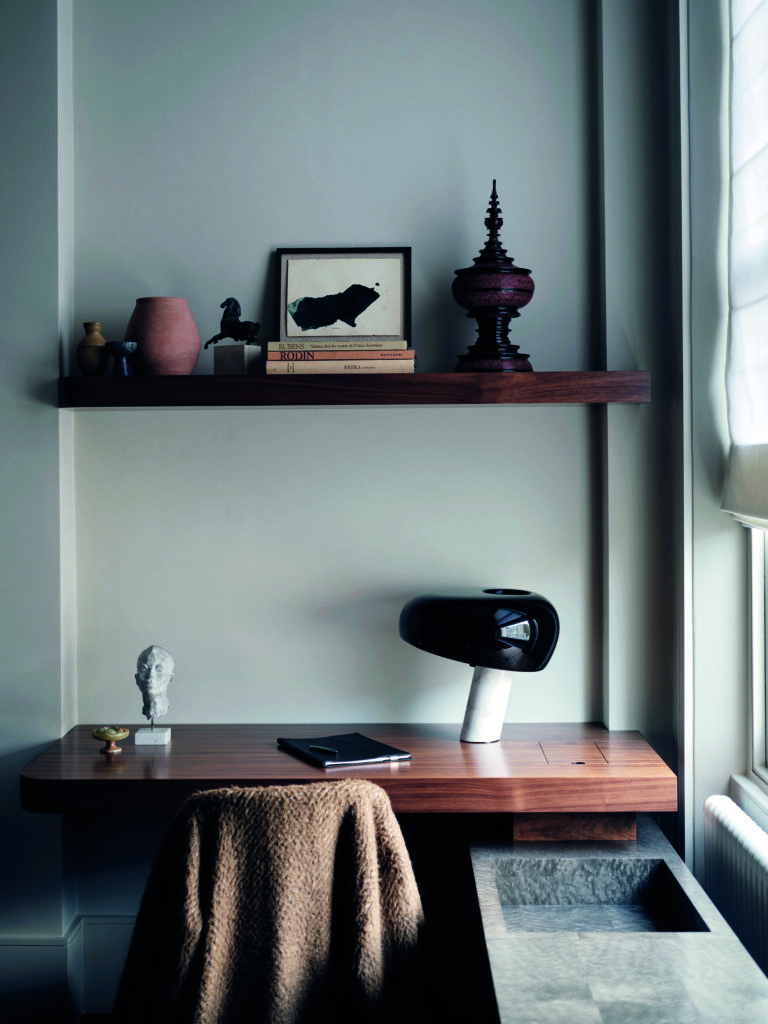
A curated space by To&From
Plants are another way to liven up a space while helping the environment, especially those picked from your own personal garden. Not only do they bring a natural sense of serenity to your space, but they also improve the air quality of any room as well as the earth’s atmosphere by naturally filtering pollutants while, in winter, wide open spaces with lots of natural light allow for all the prominent reductions in electricity use you need while merging the indoors with the outdoors. Just try to keep the AC at a minimum. “Biophilic design and bringing nature inside is one of the most rewarding trends that has taken off recently, and we love making design choices based on the raw and organic elements of the space,” adds Kobeissi. “There are so many ways to be sustainable now in interior design and architecture. Energy efficient choices, reusable materials and so many incredible local creatives. It really is an incredibly exciting time.”
Read Next: Why You Should Get On Board With The Slow Travel Movement
- Words by Naomi Chadderton





